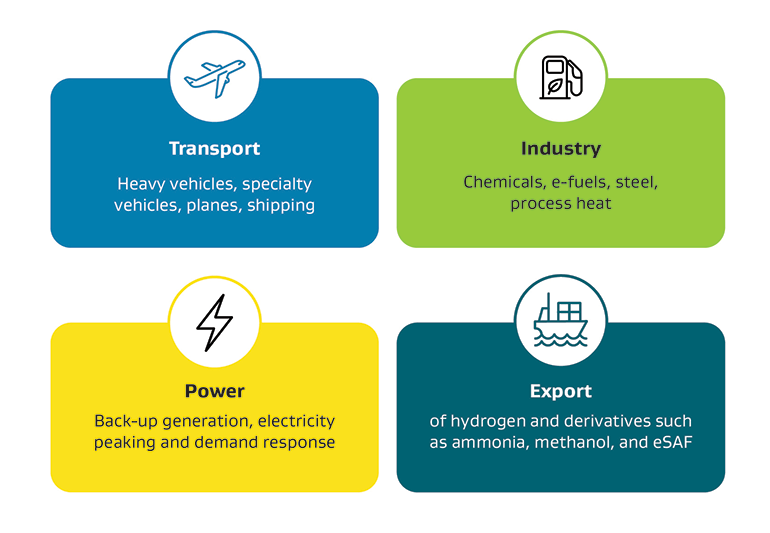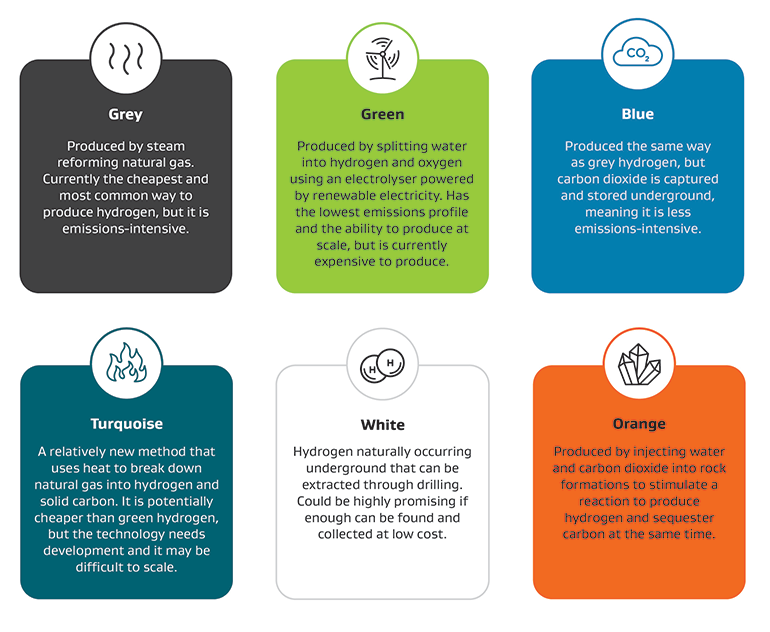Introduction
Our energy system is undergoing significant change.
On this page I tēnei whārangi
The global economy is moving to reduce emissions. Our energy system is navigating the challenges of maintaining reliable and affordable access to energy as New Zealand transitions toward a highly-renewable energy system. Market access for New Zealand’s goods also increasingly depends on lower emissions products and supply chains. While our electricity system is already highly renewable, only around 30% of total energy use comes from renewable sources.
New Zealand has committed to reaching Net Zero by 2050 with 5-year budgets and plans for getting there. The Government’s Climate Strategy is premised on a cost-effective approach to meeting emissions targets, with the Emissions Trading Scheme as the key tool for reducing gross emissions. It includes pillars to ensure clean energy is abundant and affordable, and to support world-leading climate innovation that boosts the economy.
The Government's climate strategy(external link) — Ministry for the Environment
Hydrogen could play a key role in reducing emissions in hard-to-electrify sectors
Electrification will be the cheapest and most efficient way to reduce emissions for most activities.
But some parts of the economy are less well suited to electrification, such as heavy transport (where the weight of a battery can be a problem) and heavy industry (where specific chemical reactions or high temperatures are needed). Hydrogen could play a key role in reducing emissions in these sectors.
Hydrogen uses in New Zealand
Hydrogen offers opportunities in sectors that are hard to electrify, as well as export opportunities.

Figure 1: Hydrogen uses in New Zealand
Text description of infographic - Figure 1: Hydrogen uses in New Zealand
Government’s plan to unlock private investment in hydrogen
The Hydrogen Action Plan outlines the steps the Government is taking to create an enabling regulatory environment to unlock private investment in hydrogen, building on the Interim Hydrogen Roadmap published in 2023.
The Government sees hydrogen production playing an important role in New Zealand’s transition to a low-emissions economy in sectors that are hard to electrify. The Hydrogen Action Plan focusses on unlocking low-emissions hydrogen, including green, blue, turquoise, white, and orange hydrogen (defined in Figure 2 below). The Government is fuel and technology neutral as it relates to reducing our emissions.
The publication of a Hydrogen Action Plan reflects the Government’s market-led and delivery-oriented approach. It also reflects the expectation that the private sector is best-placed to plan for demand and supply. The Government will continue to engage with the hydrogen sector to understand its pathway to scaling up.
What is hydrogen?
Hydrogen is the lightest and most abundant element in the universe. It is generally encountered as molecular hydrogen (H2) and usually must be separated from other compounds such as water. It has high energy content by weight – nearly three times that of gasoline – but has high volume unless compressed or liquefied.
Hydrogen can carry and store energy like a battery. This energy can then be used to produce electricity through a fuel cell to power machines or combusted for heat and energy. It has a wide range of applications in sectors ranging from power, industry, and heavy transport. However, it can be energy intensive to produce, transport, and store.
Hydrogen can be produced through a range of methods, outlined in the figure below.
Colours of hydrogen
Hydrogen is often described using a ‘colour’ system to describe its production method and environmental characteristics. The diagram below shows the types of hydrogen that are being used or explored in New Zealand.

Figure 2: Colours of hydrogen
Text description of infographic - Figure 2: Colours of hydrogen
In New Zealand, hydrogen has historically been produced from natural gas and used as an input into production of fertiliser, methanol, and oil refining. In recent years, interest in hydrogen has centred around low-emissions hydrogen to decarbonise a range of hard-to-electrify activities. The private sector in New Zealand has focused on exploring green hydrogen produced by using renewable electricity to split water. There is also interest in blue or turquoise hydrogen involving producing hydrogen from natural gas using steam reforming with carbon capture or through pyrolysis respectively. New Zealand could also hold prospects for naturally-occurring or artificially-stimulated hydrogen in geological formations (white, orange).
Range of innovative hydrogen activity underway
There are a range of low-emissions hydrogen projects already underway across New Zealand at early stage. The market has to date largely focused on opportunities to decarbonise hard-to-electrify activities using green hydrogen. A map of current projects can be found on the New Zealand Hydrogen Council’s website.
Hydrogen New Zealand(external link)
There is potential for hydrogen to scale in future, particularly in sectors where there are limited other options. Hydrogen can be scaled flexibly. Key factors influencing the speed of scale-up will be the cost of inputs like renewable electricity or natural gas, electrolysers, and access to affordable finance. Modelling undertaken for the Interim Hydrogen Roadmap showed demand could be between 640,000 and 1,200,000 tonnes per annum by 2050. The private sector has work underway to plan its growth. For example, the New Zealand Hydrogen Council is working with the sector to explore potential demand and supply in five sub-sectors through its Hydrogen Industry Framework programme.
The hydrogen sector offers many opportunities. But as an early-stage market, there are a range of regulatory and commercial challenges. There are also global commercial headwinds in the hydrogen sector, including high capital costs and interest rates, high operating costs particularly from electricity, and strong competition in activities with alternative means of decarbonising. The Hydrogen Action Plan outlines that the Government will address regulatory barriers, to support the private sector to grow.

